Is it healthy, not so healthy, or somewhere in between? If it’s not so healthy, you are part of a large number of Americans who feel that their diet is unhealthy. Recent research by Mintel, a market intelligence agency, found that “less than half (42 percent) of Americans consider their diet to be healthy.” Yikes!
While negative dietary influences vary greatly from person to person, there is one thing that impacts the majority of New York City consumers—being able to determine the validity of health-related claims on food packaging. As a consumer, how can you combat the uncertainty that often comes with reading food packaging?
Before looking at the packaging issue, it is important to understand what a food or health-related claim is. The U.S. Food & Drug Administration (FDA) describes a health claim as “a relationship between a food substance (a food, food component, or dietary supplement ingredient), and reduced risk of a disease or health-related condition.” An example of an FDA approved health claim that explains the benefit of calcium on the risk of osteoporosis is, “Adequate calcium throughout life, as part of a well-balanced diet, may reduce the risk of osteoporosis.” For a manufacturer to be able to include this claim on the packaging of one of their products, the product must meet a list of specific requirements.
Given that it is often difficult to know those requirements while reading different packaging, the nutrition label and ingredient list are a great resource. Ingredient lists and nutrition labels often contain a large amount of information. To better understand that information, here are a few strategies for reading them.
Nutrition Labels
- Determine how big or small the serving size is for each packaged item. Often the serving size is different than the amount of food or drink in the package. To correctly understand the other information on the nutrition label, knowing the correct serving size is key.
- Understand that the “percentage daily value” listed on the nutrition label is not the same for everyone. Most nutrition labels are based on a 2000 calorie per day diet. If you are taller or shorter or male or female or 17 or 39 or 82 or super active or a couch potato, it is likely that your caloric needs are different. Use the amount listed, 2000 calories per day, and adjust it up or down based on your own needs.
- Pay special attention to the amount of sugar, unhealthy fats, and sodium that are in a serving as those are ingredients that many individuals need to limit.
Ingredient Lists
- Look for recognizable ingredients. If it is an item that you have never heard of or cannot pronounce, look it up or ask someone what it is.
- Consider which ingredients are listed first or early in the list of ingredients. The earlier the ingredient is listed, the larger the amount is of that ingredient.
- If choosing a food that doesn’t come in a labeled package such as fruits or vegetables isn’t an option, choose products that have shorter ingredient lists. (See previous tip)
Now that you are armed with a few strategies for understanding the information on packaged foods and beverages, you are ready to head out and make healthy snack and beverage choices.
We at Healthy Vending would like to help make things a little easier for everyone by offering a selection of all-natural and organic snacks and beverages in your New York City school lunch room or office breakroom. For more information about our products and services, call us at 917.572.3671.

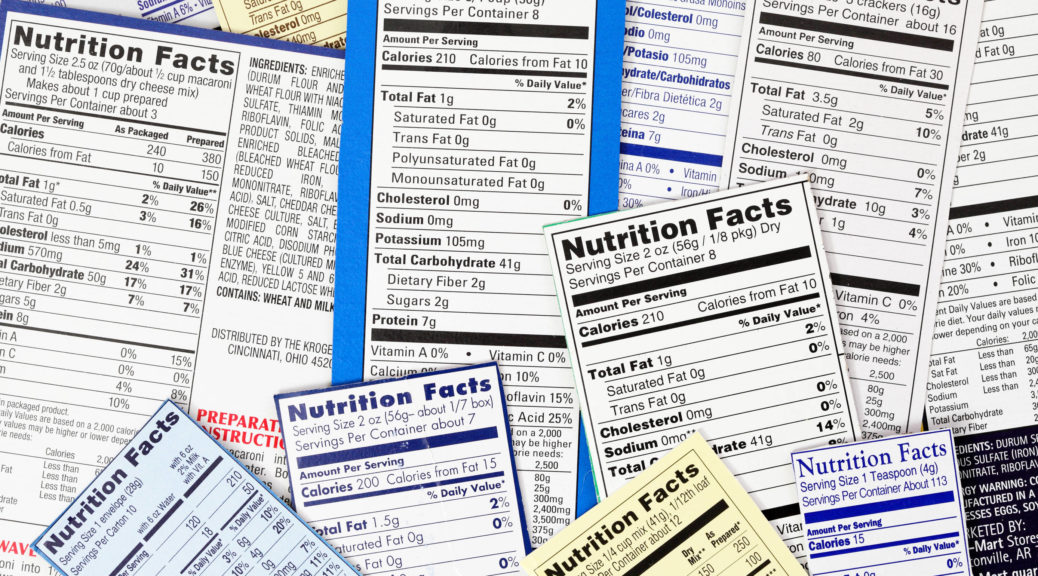
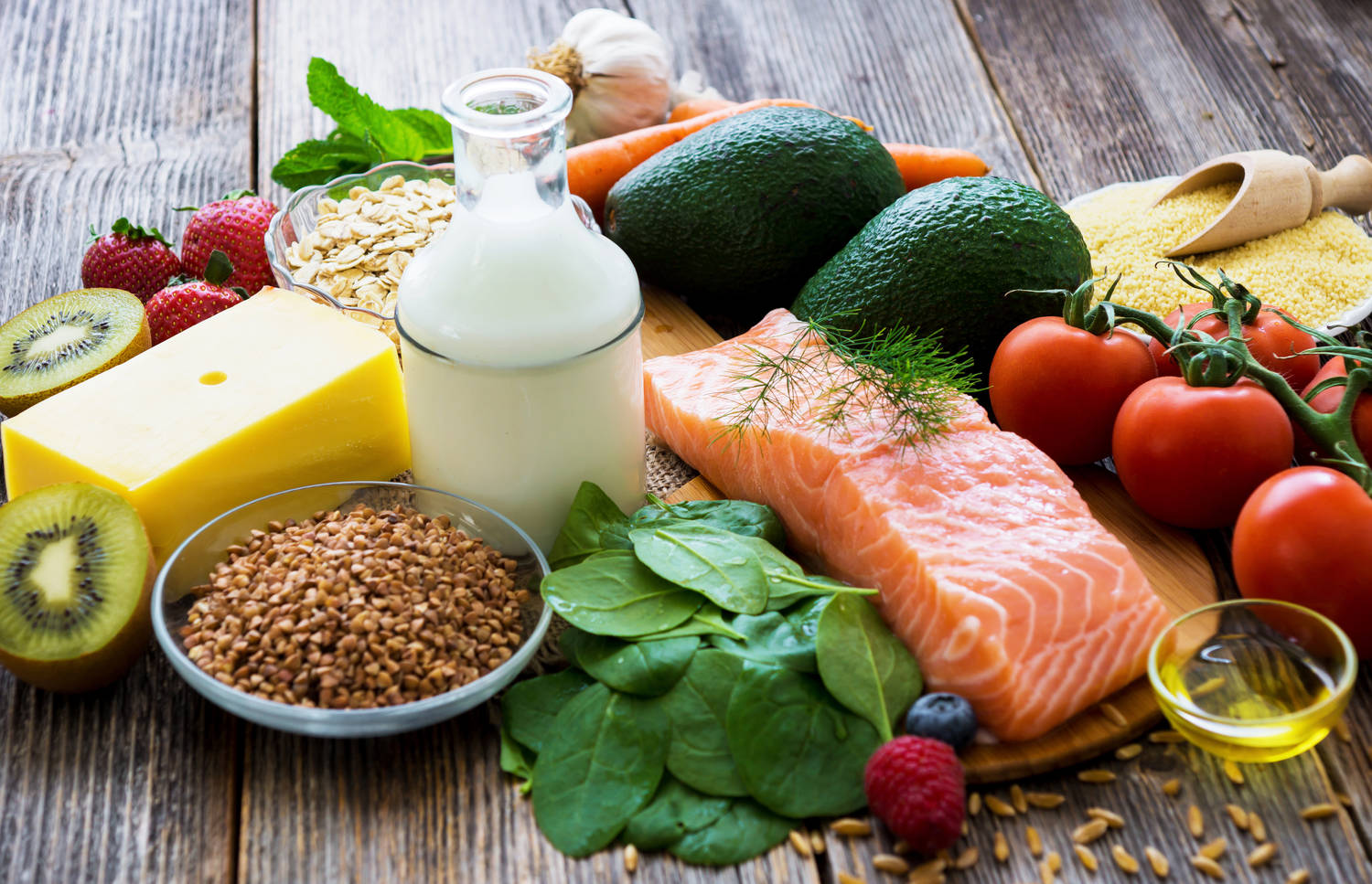

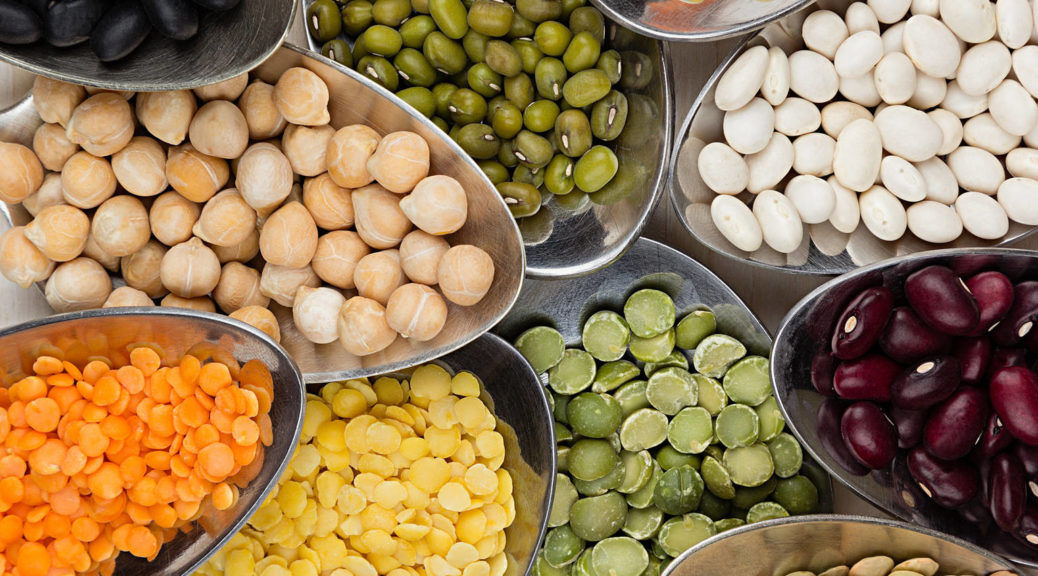
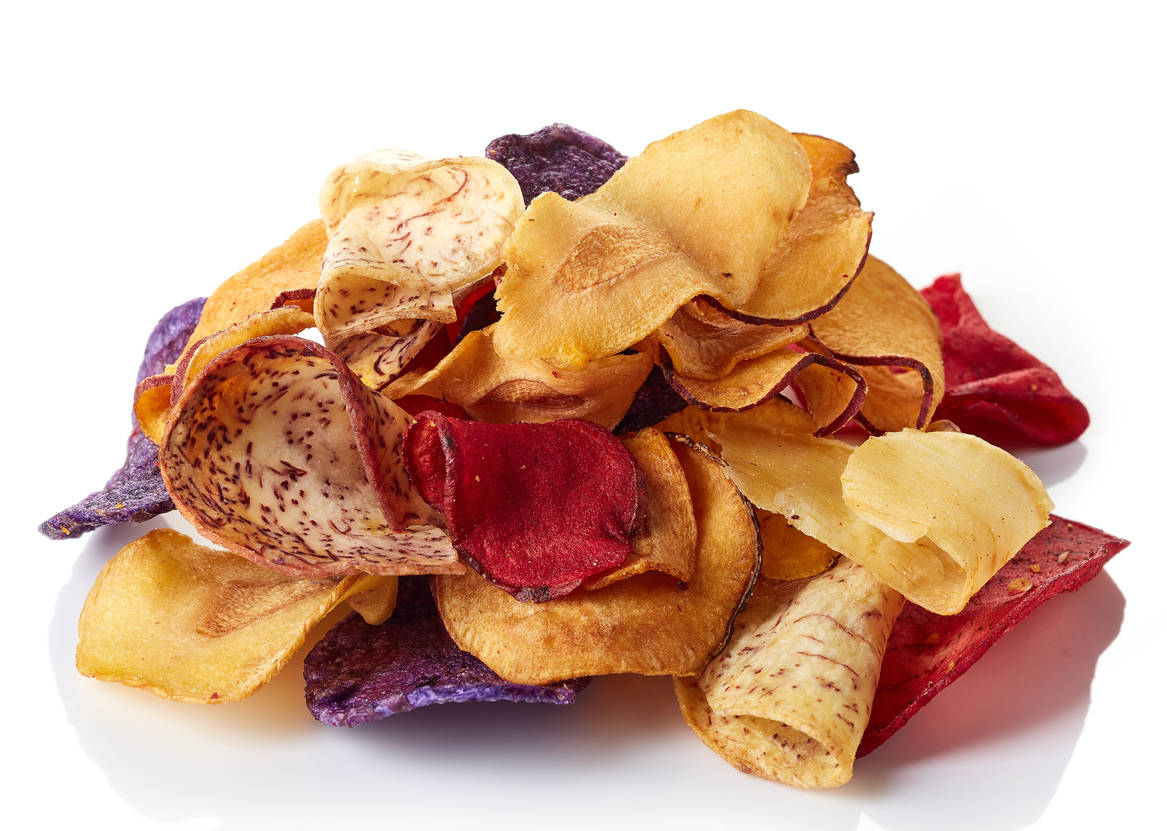

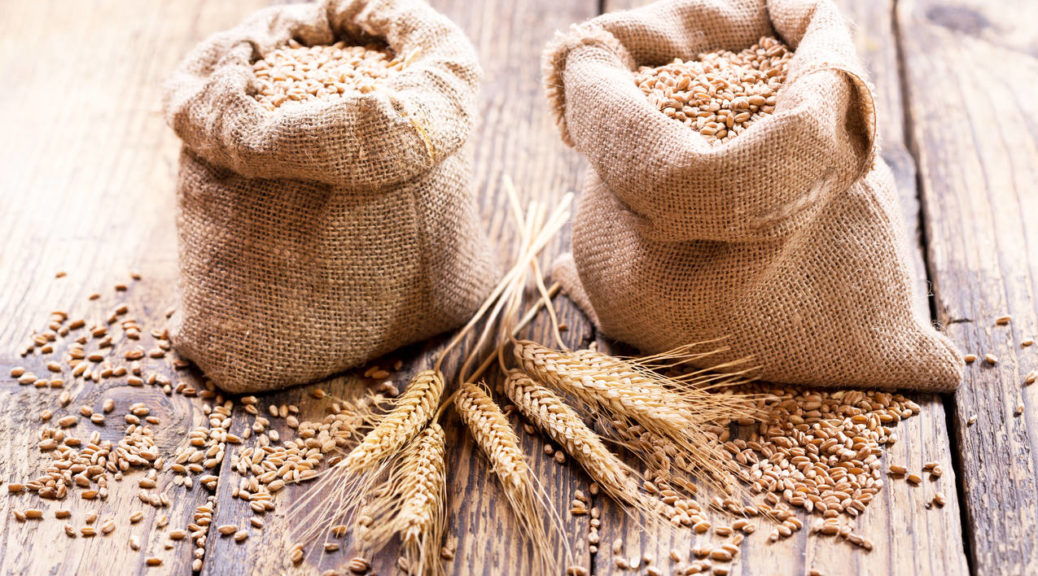
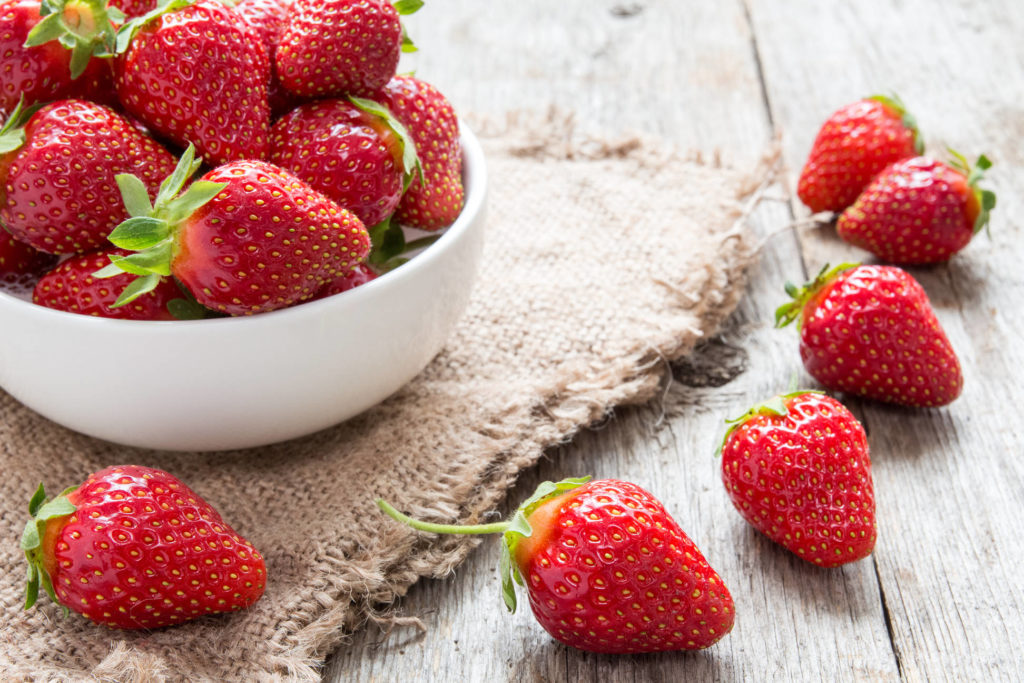



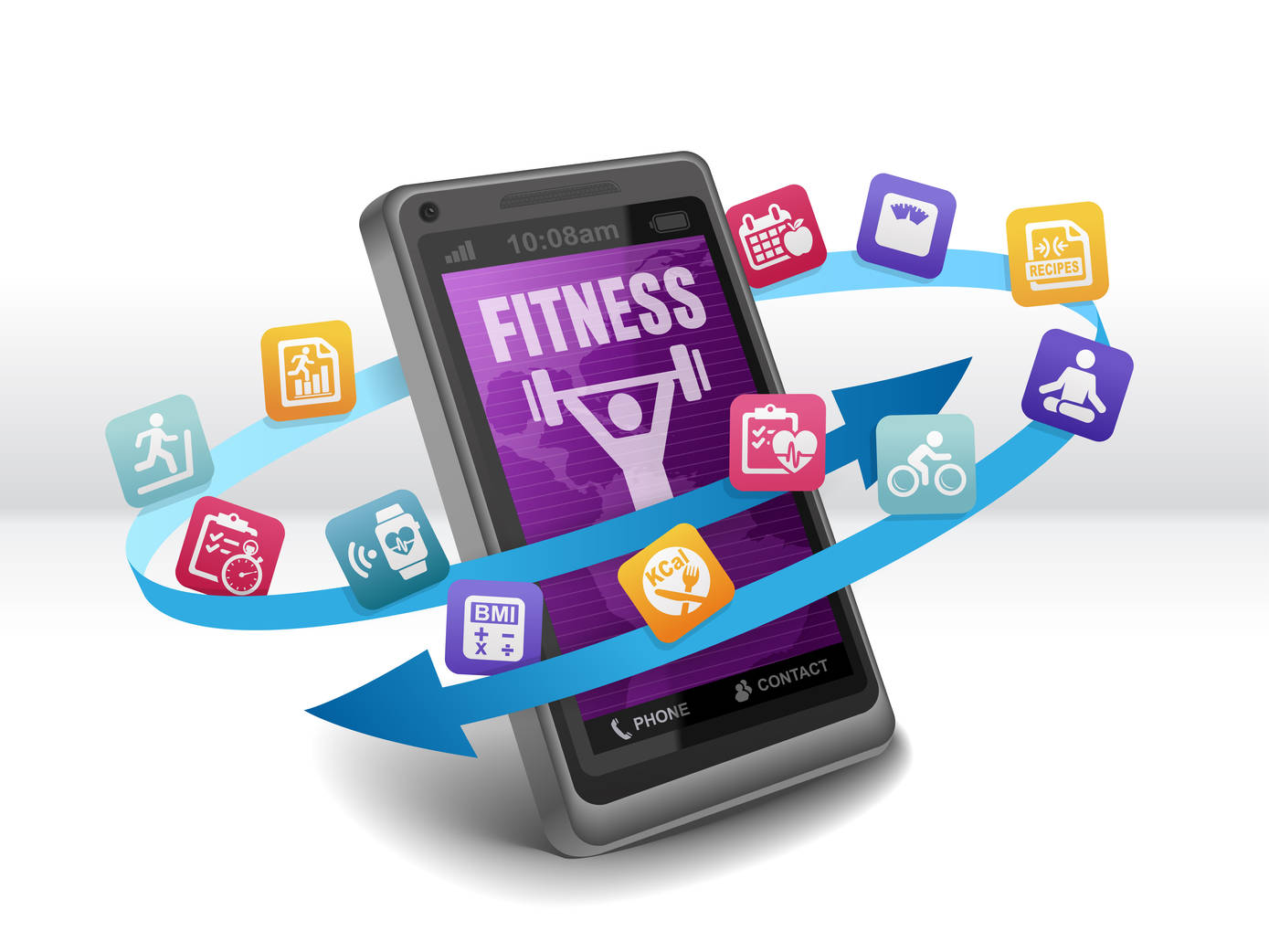

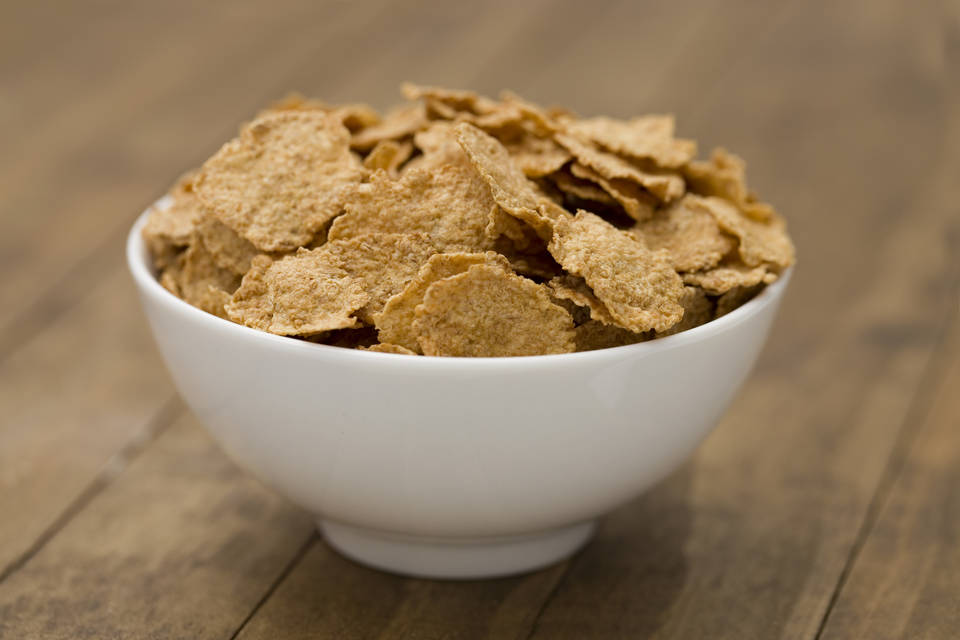
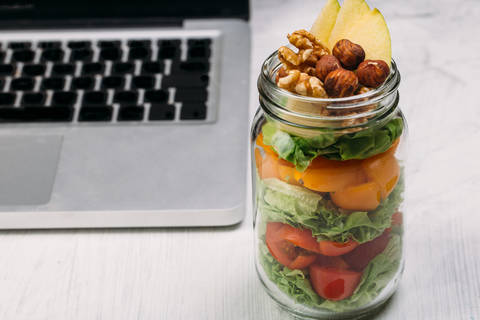
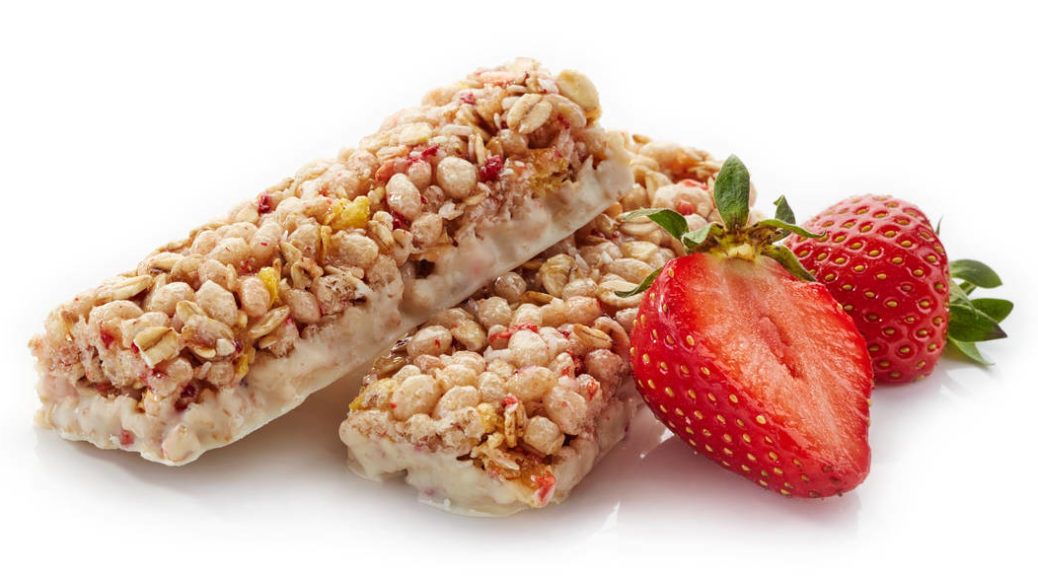
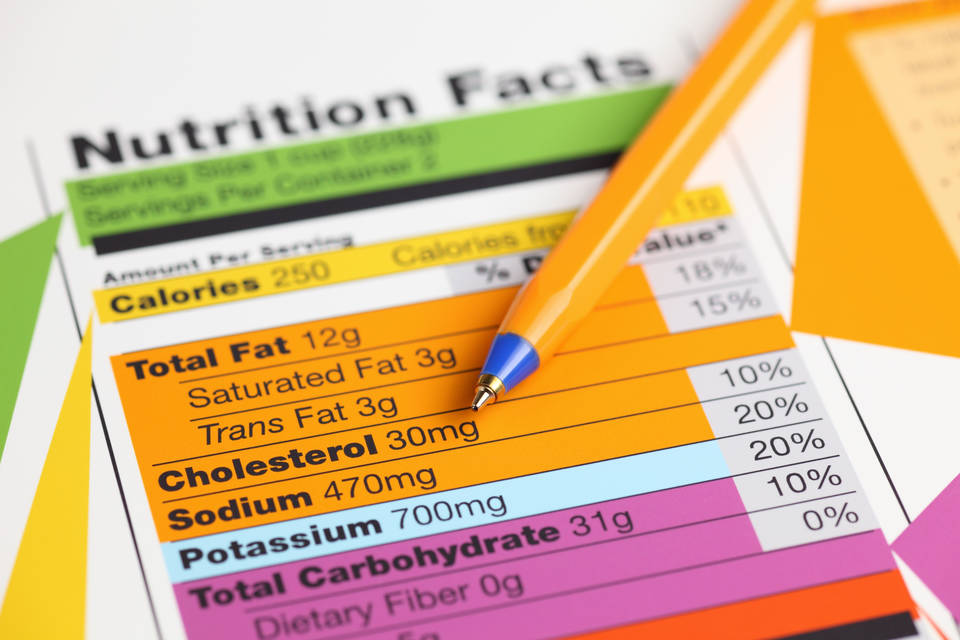

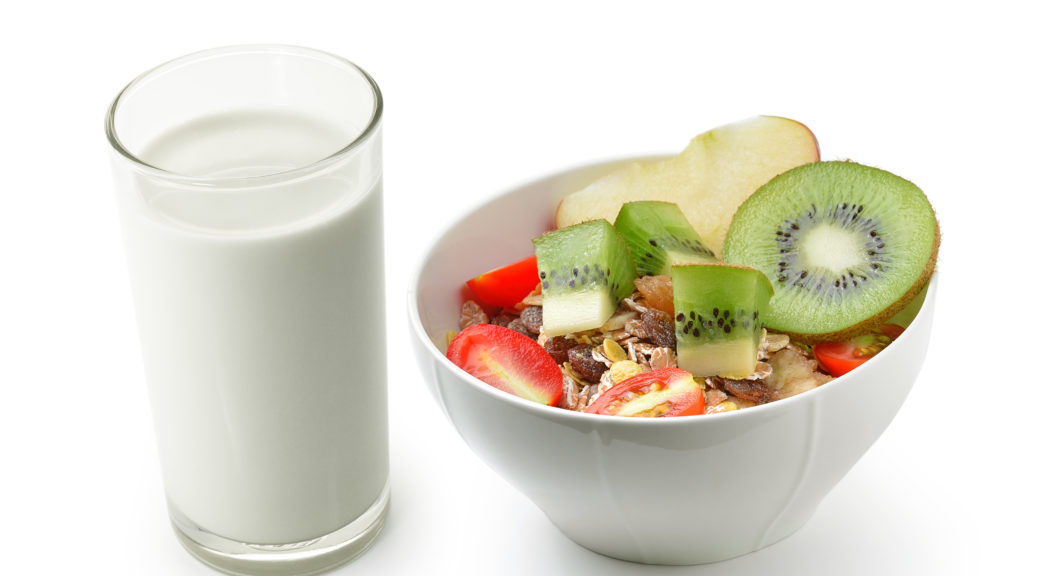






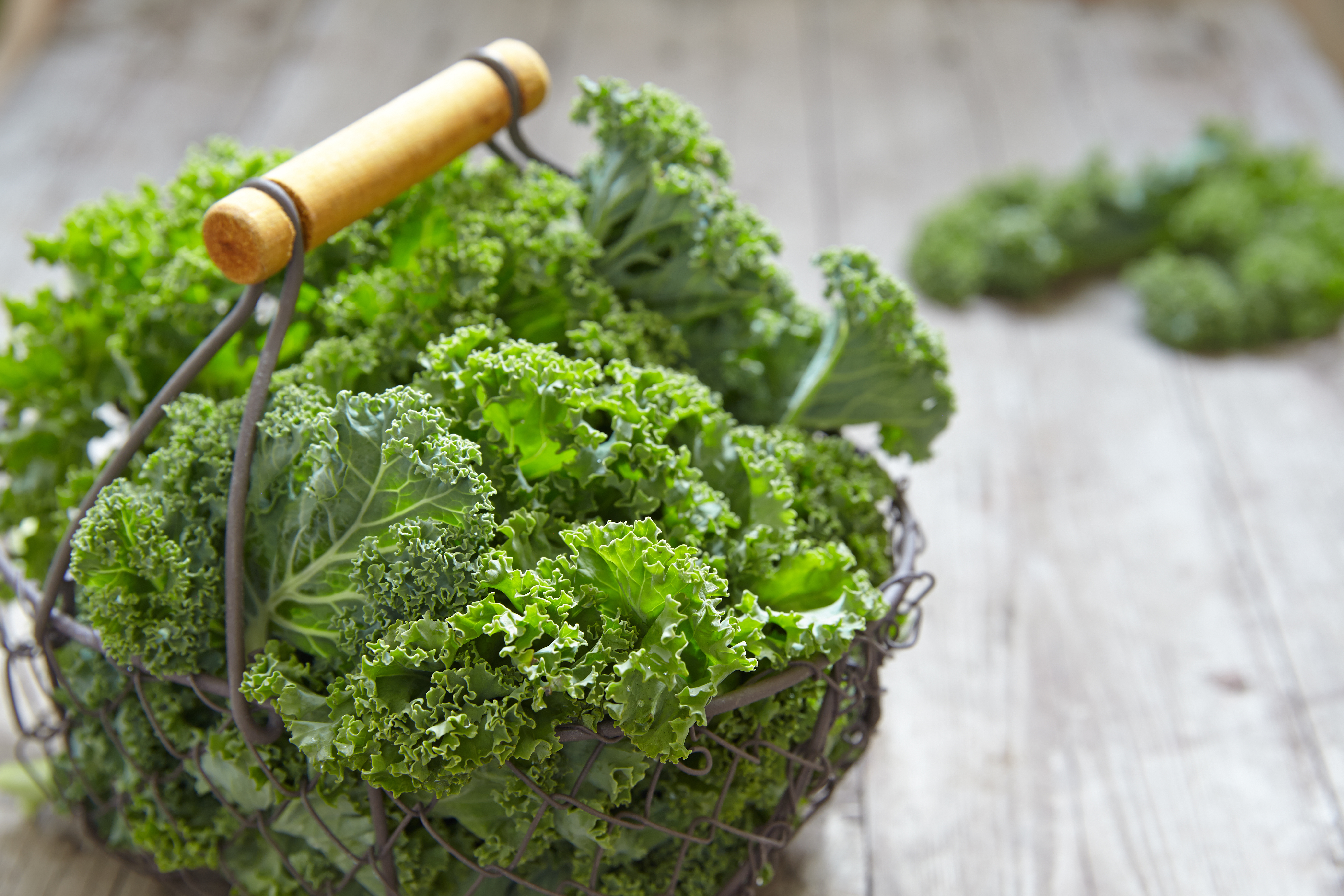
 Tomatoes are easy to throw in a sandwich, salad, or practically any meal. In addition, they are extremely healthy, even containing an antioxidant that’s not typically found in other foods: lycopene. This particular antioxidant suggest protection against harmful UV rays and cancers, according to studies. It can also lower cholesterol. Furthermore, tomatoes have high amounts of fiber, vitamin C, and potassium.
Tomatoes are easy to throw in a sandwich, salad, or practically any meal. In addition, they are extremely healthy, even containing an antioxidant that’s not typically found in other foods: lycopene. This particular antioxidant suggest protection against harmful UV rays and cancers, according to studies. It can also lower cholesterol. Furthermore, tomatoes have high amounts of fiber, vitamin C, and potassium.
 You’ve heard the famous saying: “Breakfast is the healthiest meal of the day.” But is that really true? Is it really that bad if you skip breakfast? You might be telling yourself, “who has the time to make eggs and toast with avocado on top?” In reality, there are many serious risks to skipping breakfast, ranging from your mood to obesity. Some even claim it can threaten your life to put off having a breakfast. Sacrificing ten minutes of sleep for a hearty
You’ve heard the famous saying: “Breakfast is the healthiest meal of the day.” But is that really true? Is it really that bad if you skip breakfast? You might be telling yourself, “who has the time to make eggs and toast with avocado on top?” In reality, there are many serious risks to skipping breakfast, ranging from your mood to obesity. Some even claim it can threaten your life to put off having a breakfast. Sacrificing ten minutes of sleep for a hearty 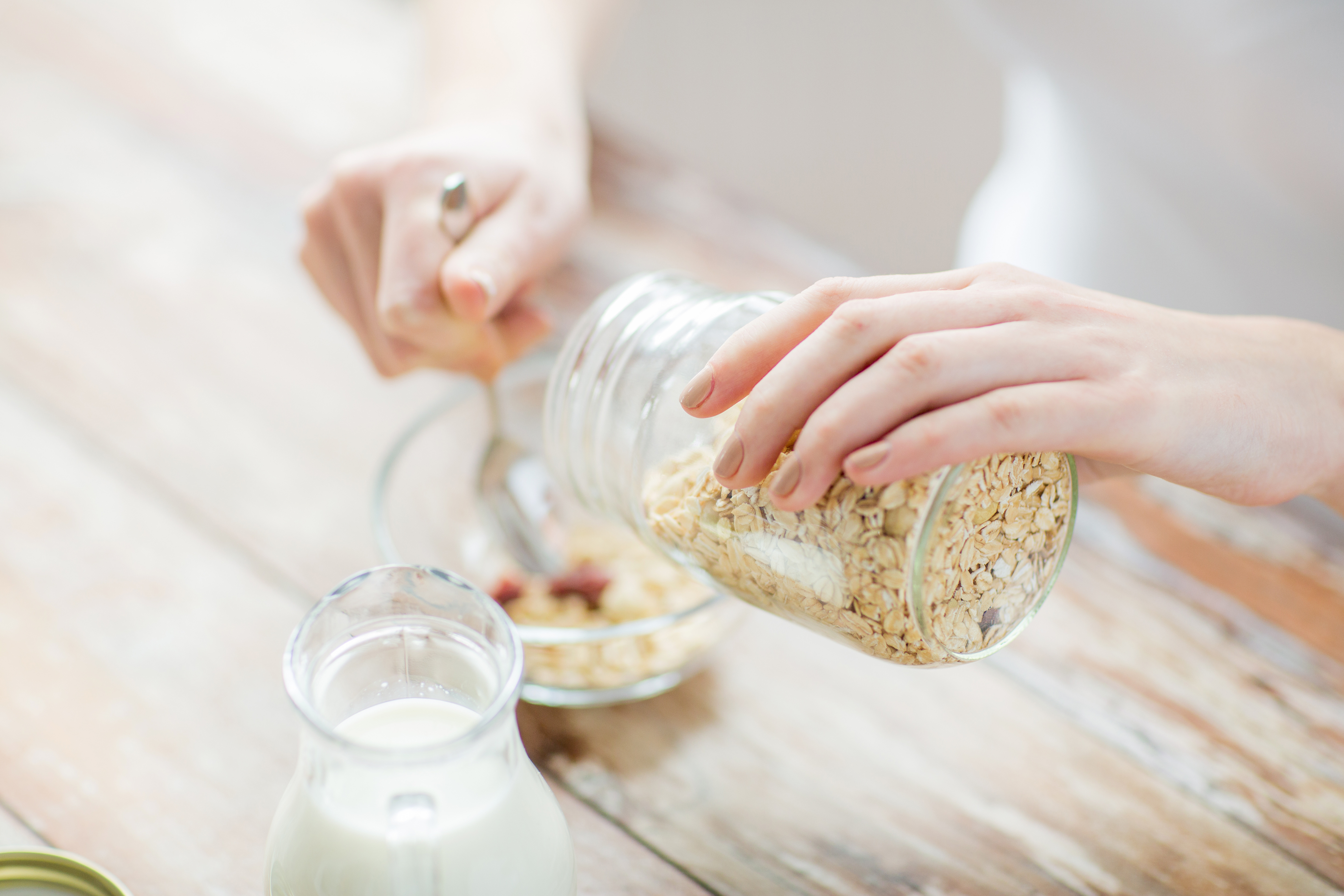 By skipping breakfast, you might be increasing your risk of obesity. In addition, losing weight may be harder for you,
By skipping breakfast, you might be increasing your risk of obesity. In addition, losing weight may be harder for you,